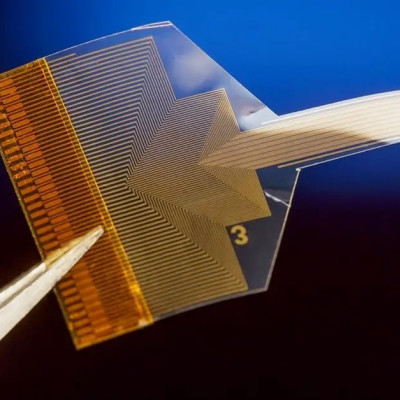Speaking to delegates at the annual scientific meeting of the Australian Pain Society in Darwin last month, Dr Nicholas Veldhuis, researcher at Monash University, said new biology has been discovered simply by working with nanomaterials, and this might soon be put to work developing new therapeutic options for pain.
“We’re all familiar with the idea that it’s incredibly challenging to get drugs through the planning [and] preclinical phase all the way through to market entry,” he said. “This is no different for analgesics, but you would argue it’s a much harder battle for analgesics.
“[Pharmaceutical companies currently] don’t invest a lot in analgesic drug delivery, compared to what they used to. Everyone’s running scared, especially in terms of moving away from opioids.”
Some of the barriers and challenges in translating drugs from benchtop to bedside include unwanted toxicity (leading to potentially severe side effects), targeting the right receptors in the right tissue and instability or rapid clearance (where the drug metabolises and is passed by the body before it gets the opportunity to exert its desired effect).
This led Dr Veldhuis and his team to consider whether they could employ some of the advances in drug delivery approaches to overcome some of these limitations.
One particularly neat improvement in how drugs are delivered has been the use of lipid nanoparticles in mRNA vaccines. Over 50 million doses of mRNA vaccines have been delivered in Australia since the covid pandemic began.
Read the original article on Medical Republic.







